#McClure's Magazine
Text

John Held Jr. (1889-1958), ''McClure's'', Aug. 1927
Source
#John Held Jr.#american artists#McClure's#McClure's Magazine#the roaring twenties#magazine covers#cover art#the jazz age
44 notes
·
View notes
Text

From McClure's Magazine, January 1908
17 notes
·
View notes
Text

1906
#vintage#nostalgia#vintage advertising#vintage advertisement#vintage magazine#mcclure's magazine#1906#sterling hardware company#can opener
16 notes
·
View notes
Text
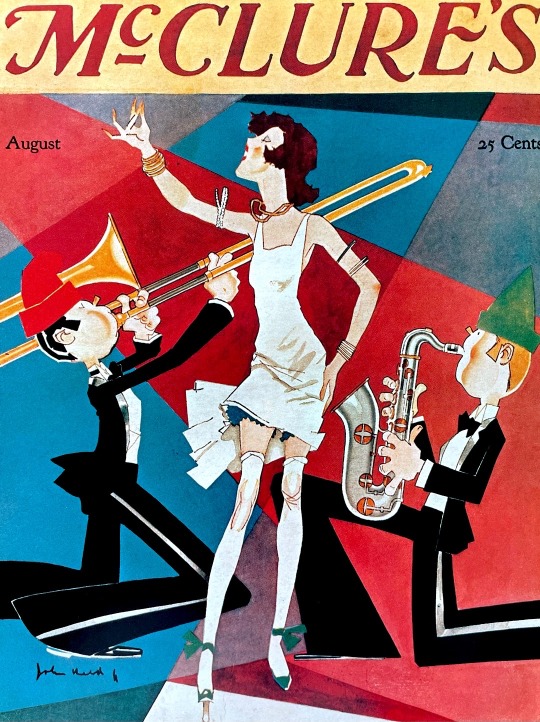
McClure's Magazine – August 1927
Artist: John Held, Jr.
17 notes
·
View notes
Text

«Open Letter», Vol. 6, No. 1, 'no ta–tion', Edited by Frank Davey, Cover Art by Andrew McClure, Toronto, Spring 1985 [room 3o2 books, Ottawa]
Contributions by Bob Cobbing, Christina Cole, Jean-Paul Curtay, Frank Davey, John Dunn, Vivien Halas, Douglas Richard Hofstadter, Karl Jirgens, Steve McCaffery, Andrew McClure, Susan McMaster, bpNichol, Michael Winkle
#graphic design#art#poetry#concrete poetry#visual poetry#visual writing#magazine#cover#magazine cover#open letter#frank davey#andrew mcclure#room 3o2 books#1980s
26 notes
·
View notes
Text

23 notes
·
View notes
Text

Half a Marriage | Redbook: November 1954
Illustration by Herb McClure
12 notes
·
View notes
Text
The Side Look of a Barcelonese #1 960 : Montana Sunrise, USA © Neal McClure :
The Side Look of a Barcelonese #1 960 :
Montana Sunrise, USA © Neal McClure :
#neal mcclure#neal mc clure#the side look of a barcelonese#choice of the day of YWAMag#choice of the day of the mag#art#emotions#landscapes#skies#nature#gifts#us photographers#american photographers#yes we are magazine#clouds#masterpieces#masters on tumblr#contemporary art#composition#magic#artists on tumblr#photographers on tumblr#original photography#hypnotic images
3 notes
·
View notes
Text

Sigismond de Ivanowski - Illustration for "The Bohemian Girl", McClure's Magazine, 39 (August 1912)
184 notes
·
View notes
Text
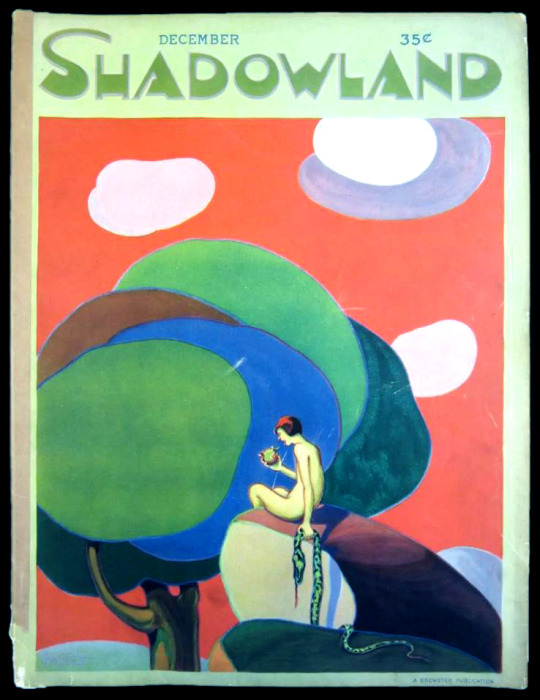


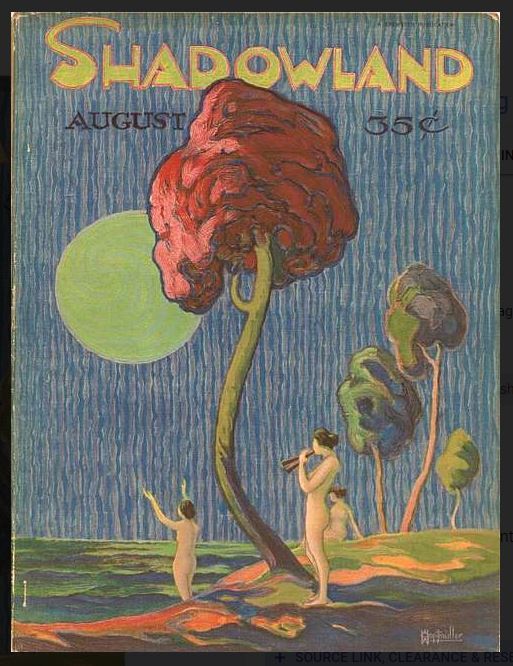
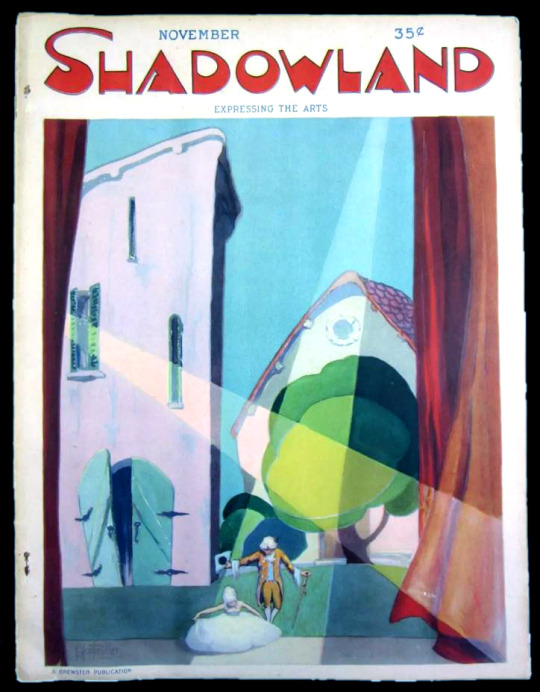
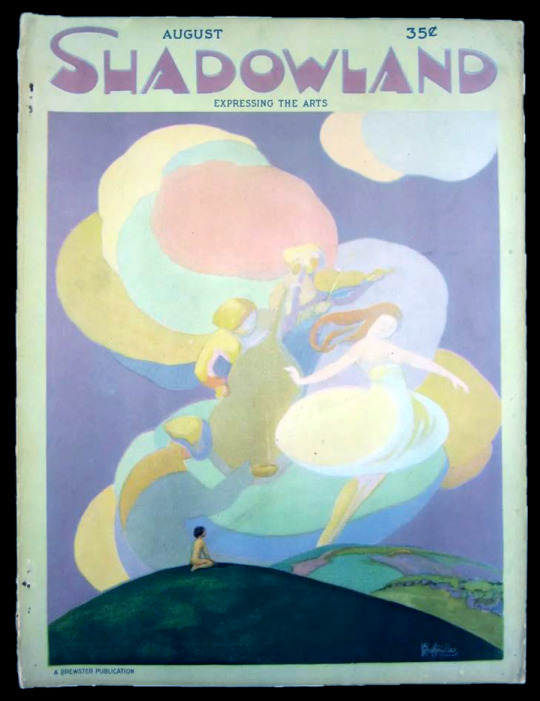
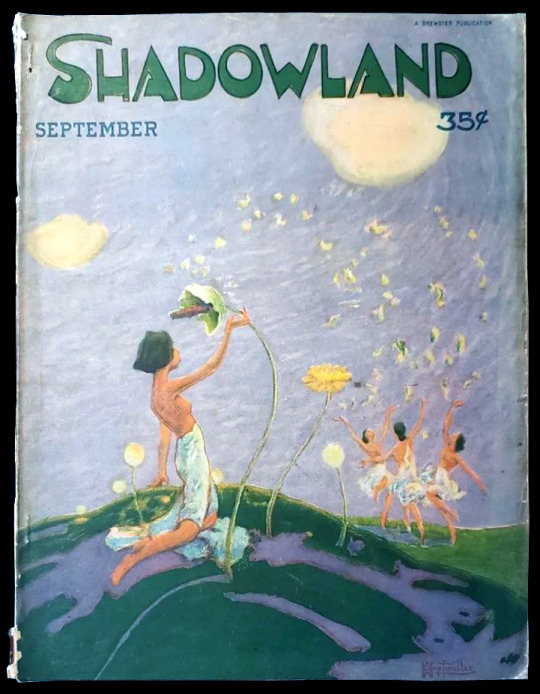


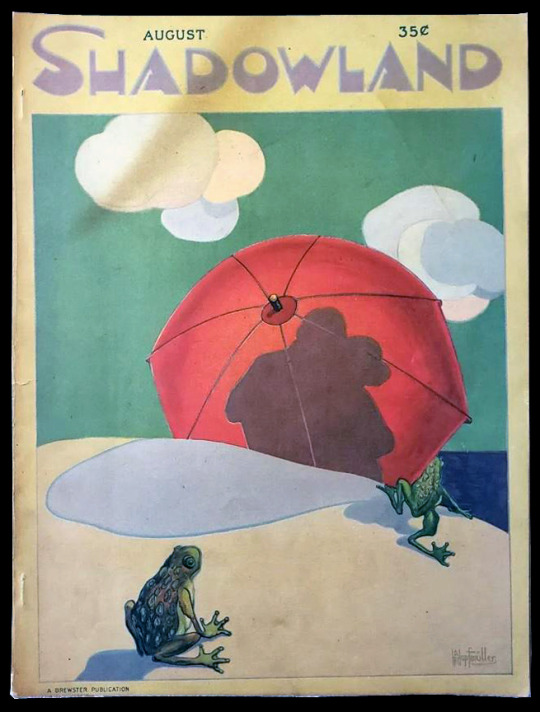
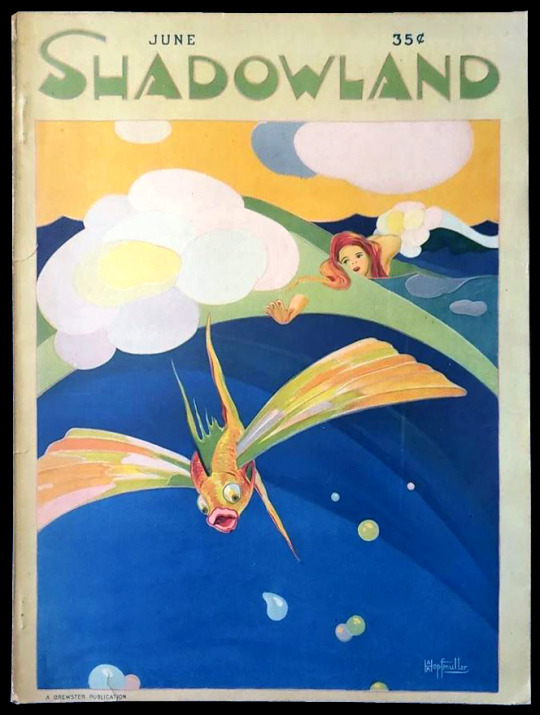

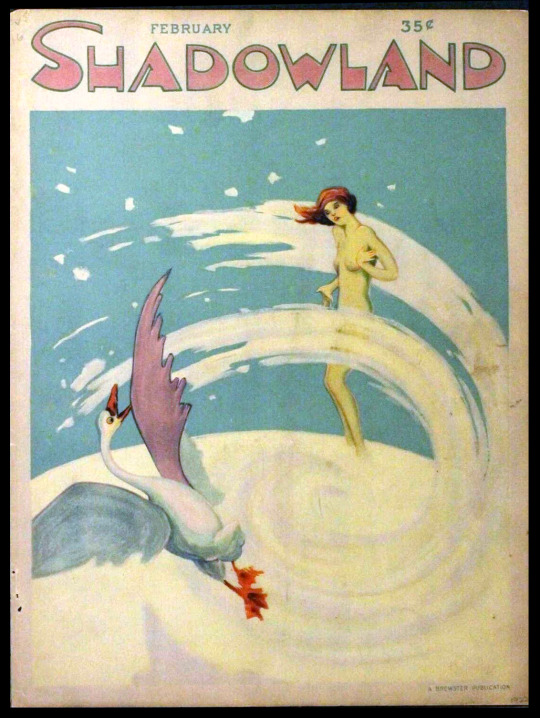
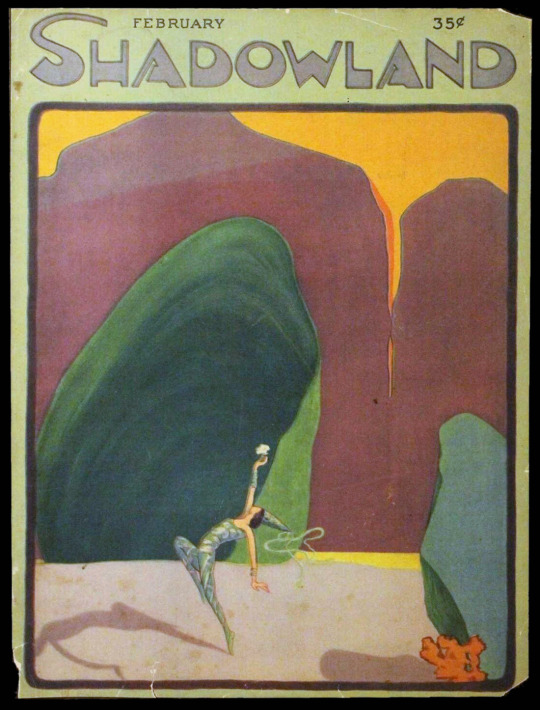


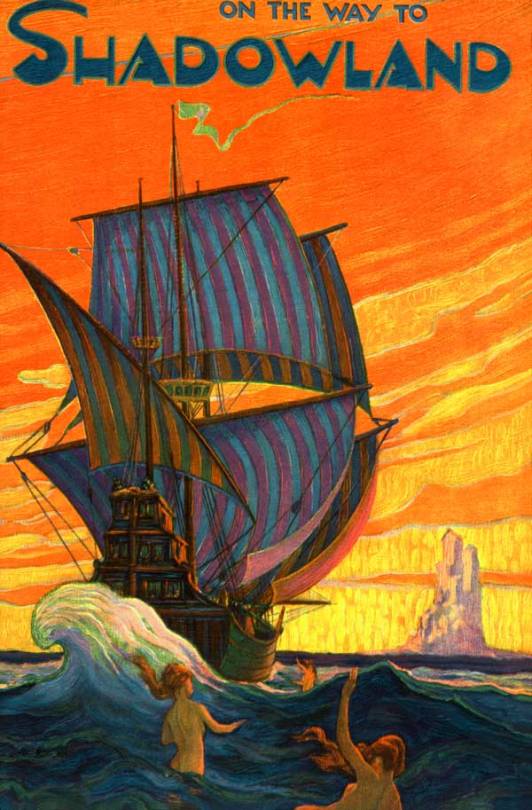


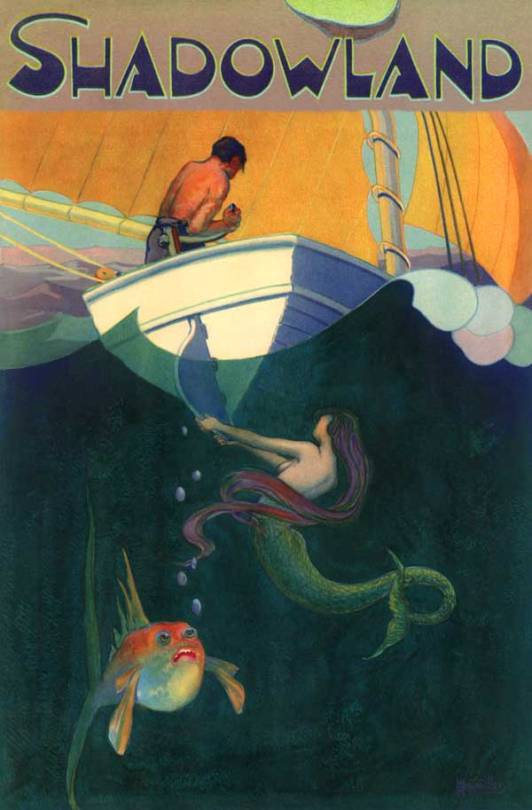
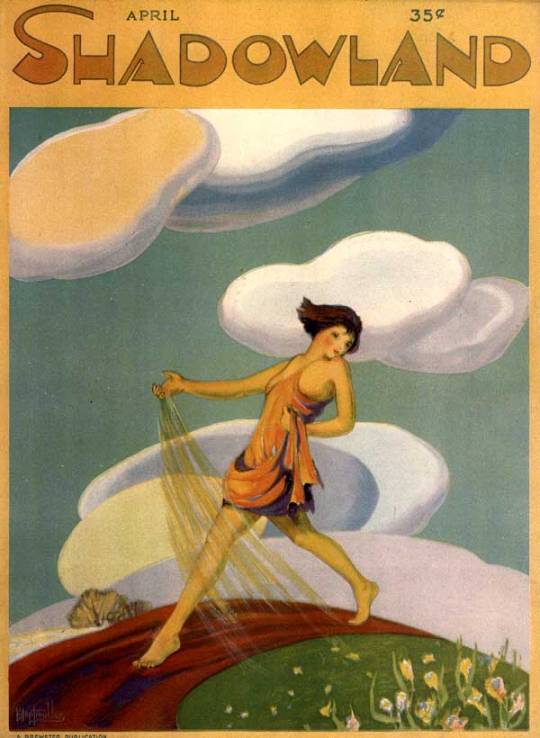

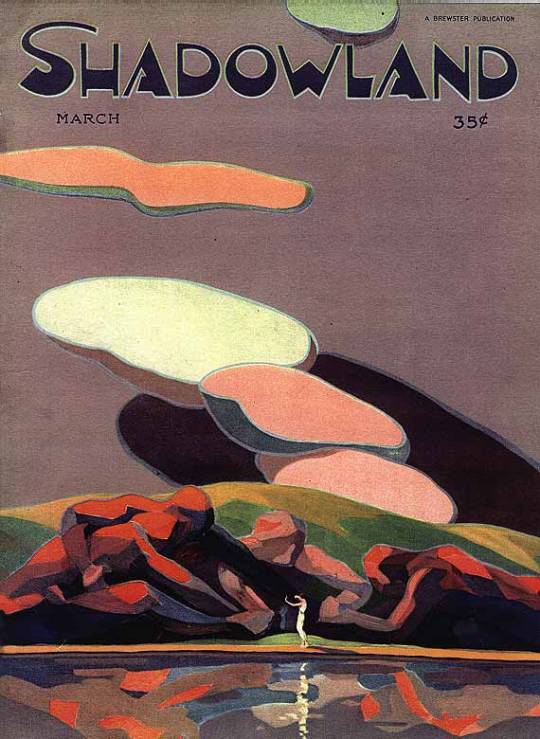
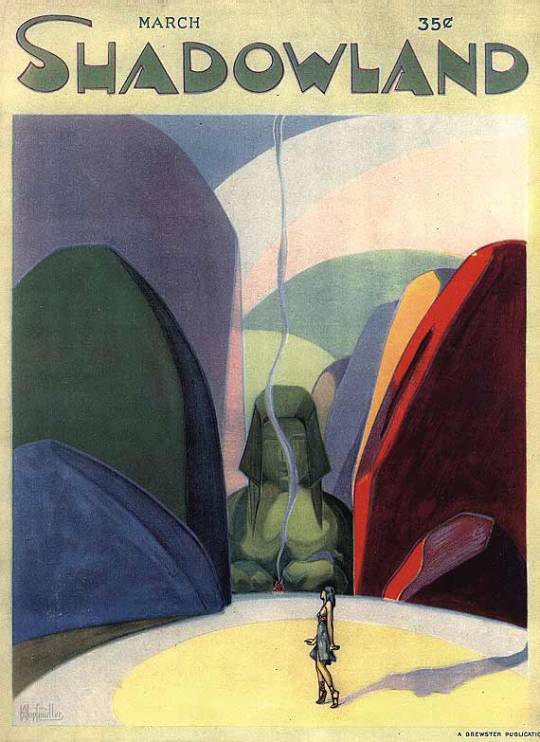
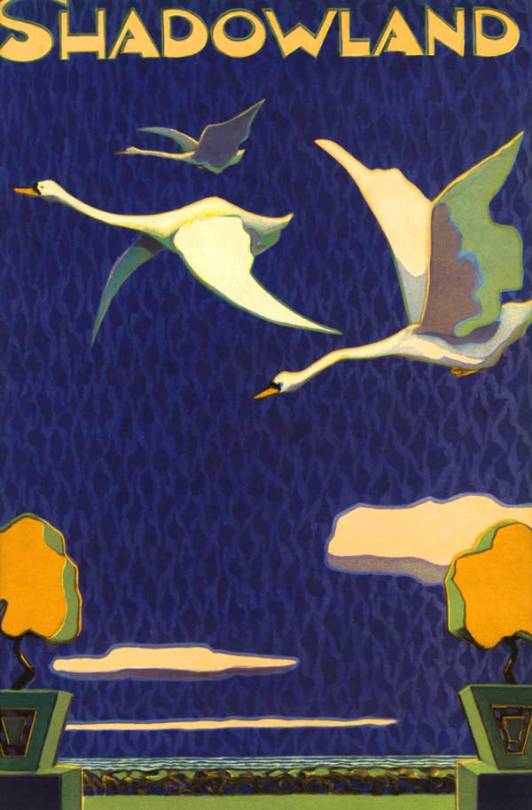
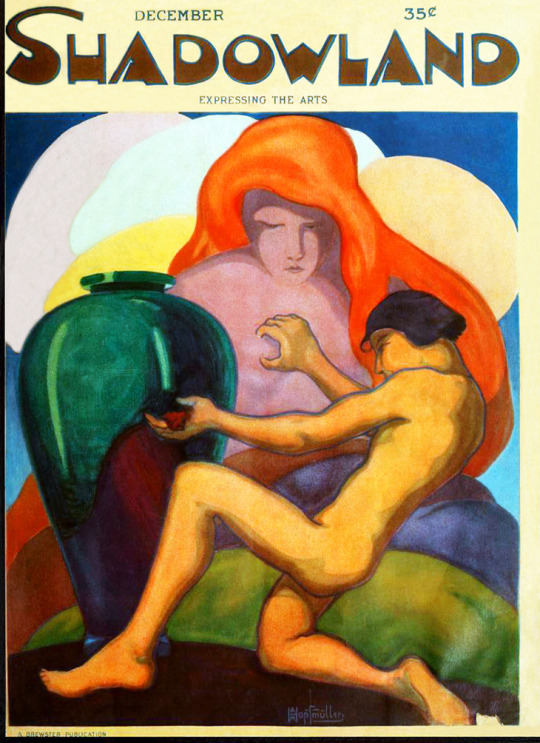
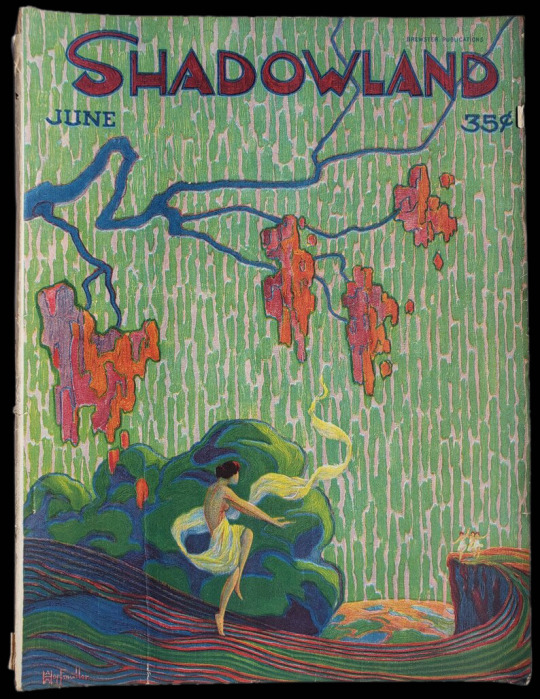

Adolf M. Hopfmuller (German/American 1876-1971)
Adolf M. Hopfmuller - selected covers from SHADOWLAND magazine - 1919—1923
When publisher Eugene V. Brewster launched his third magazine SHADOWLAND in 1919, it was obvious this was something quite different. Billed as the “Handsomest Magazine in the World”, SHADOWLAND was most definitely an ARTS magazine, not just a movie fan magazine. Literary, theatrical, visual and fine arts, interior and set design, and yes, movies, and much more from the world of art, were all showcased inside SHADOWLAND.
SHADOWLAND was retired in November 1923 and blended into the Brewster Publications sister magazine, Motion Picture Classic. A.M. Hopfmuller continued as the Art Director of Brewster Publications (Classic and Motion Picture Magazines) until he left the company in early 1926 at the age 51.
Although he may have retired from Brewster Publications, A.M. Hopfmuller never retired from painting. He went on to work for another publishing mogul, William Randolph Hearst, on magazines such as Smart Set and McClures, and was named the Art Editor of Harper’s Bazaar in 1927.
His creative interests and abilities weren’t limited to painting. Hopfmuller worked with wood, hand-carving picture frames, building rustic garden furniture, and carved bookcases.
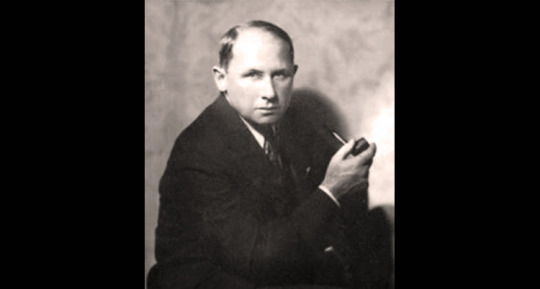
“He enjoyed building models of sailing ships for his grandchildren to sail/race in a local park (we still have one). And he designed and maintained a beautiful garden on his property adjoining his house.” – Ruth Hamann (Hopfmuller’s grand-daughter-in-law)
more about his life:
www.50plusworld.com/shadowlands-art-deco-artist-a-m-hopfmuller/
58 notes
·
View notes
Text

Illustration by Harry C. Edwards in McClure's Magazine (December 1893)
30 notes
·
View notes
Text
Milestone Monday

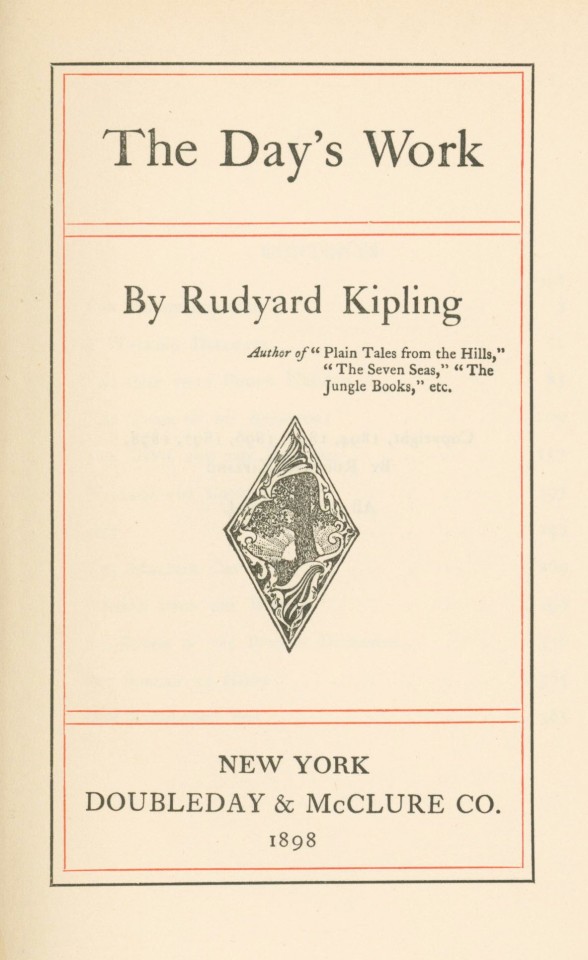


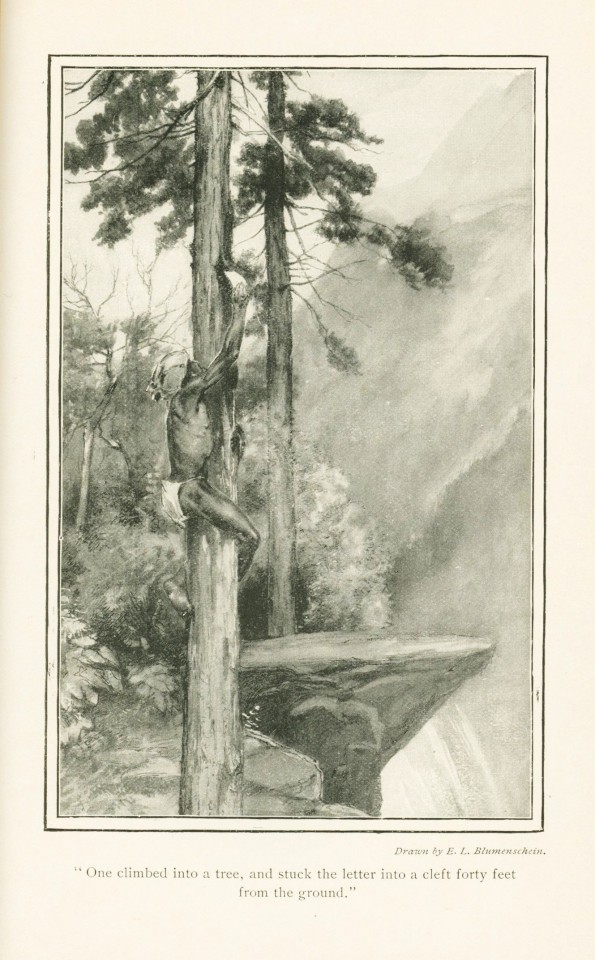



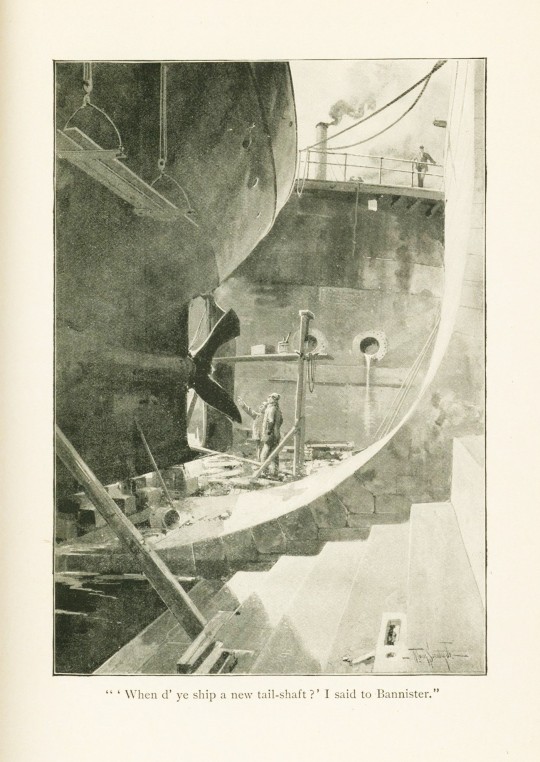
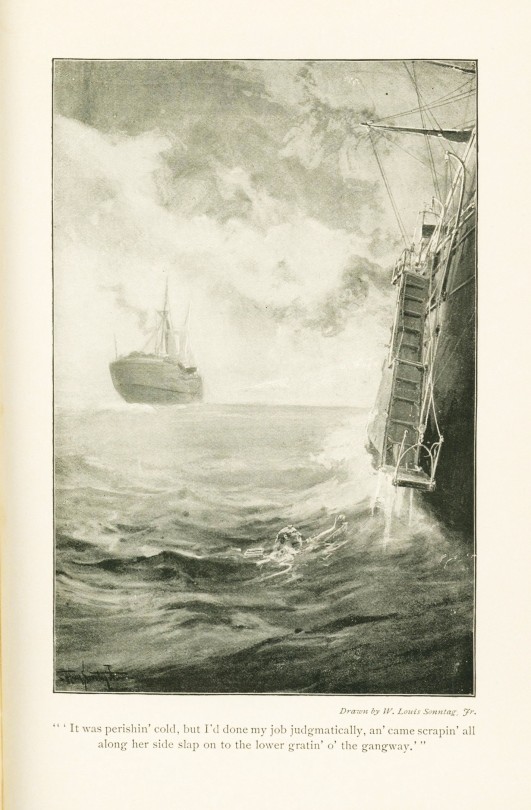
January 8th is the birthday of Frank Nelson Doubleday (1862-1934) who at age ten bought his own printing press to create advertisements and local Brooklyn news circulars and seventy-five years later was known as the co-founder of the largest publisher in the United States. At fifteen years old, Doubleday went to work at Charles Scribner’s Sons, eventually publishing Scribner’s Magazine and heading their subscription book department. After eighteen years, Doubleday left the company and partnered with Samuel Sidney McClure (1857-1949) to open their own publishing venture Doubleday & McClure Company in 1897.
Over the years, Doubleday & McClure Company worked with numerous notable authors and would evolve through a dizzying number of partnerships, acquisitions, and name changes while it grew into an international communications company, eventually settling into a merger with Knopf Publishing Group under Penguin Random House in the early 2000s. In its infancy, still known as Doubleday & McClure, the company found great success with Rudyard Kipling’s (1865-1936) bestseller The Day’s Work.
Published in 1898, The Day’s Work contains thirteen fictional short stories accompanied by illustrations throughout. The stories were written between 1893 and 1896 while Kipling was living in his Bliss Cottage in Vermont and simultaneously working on The Jungle Book. Unlike many of Kipling’s other collections, there are no poems dividing the stories within The Day’s Work. The black and white illustrations within the collection were drawn by four different artists including, William Dodge Stevens (1870-1942), William Louis Sonntag Jr. (1869-1898), Ernest Leonard Blumenschein (1874-1960), and William Ladd Taylor (1854-1926); each leaning into their strengths to support Kipling’s vivid narrative.
Read other Milestone Monday posts here!
– Jenna, Special Collections Graduate Intern
#milestone monday#milestones#frank nelson doubleday#doubleday & mcclure company#charles scribner's sons#samuel sidney mcclure#penguin random house#knopf publishing group#rudyard kipling#the day's work#the jungle book#william dodge stevens#william louis sonntag jr.#ernest leonard blumenschein#william ladd taylor
20 notes
·
View notes
Photo

McClure’s Magazine, July 1918.
86 notes
·
View notes
Text
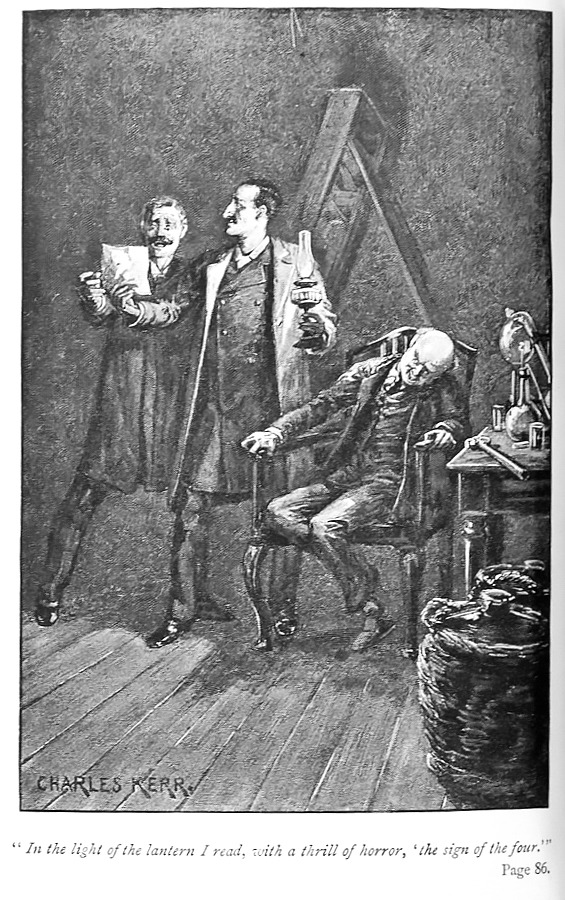

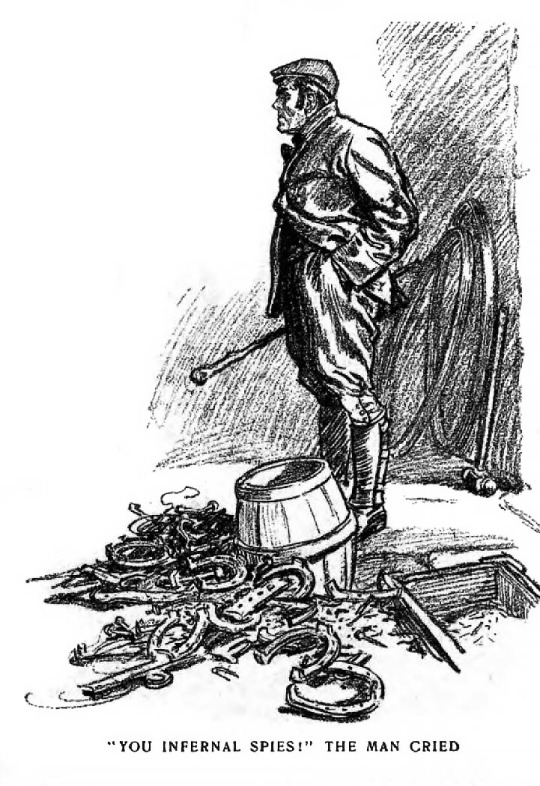

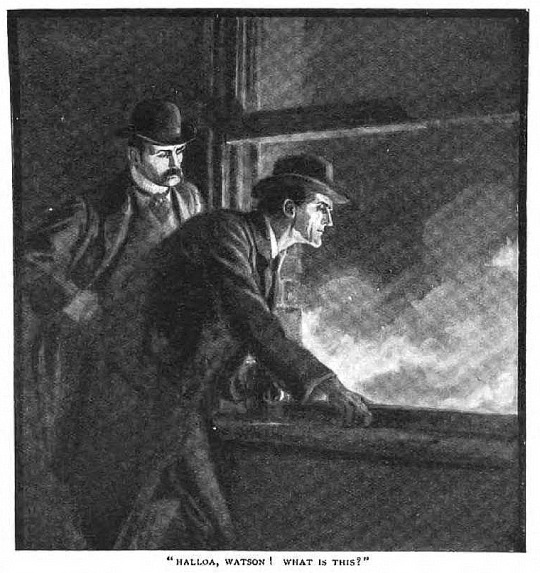
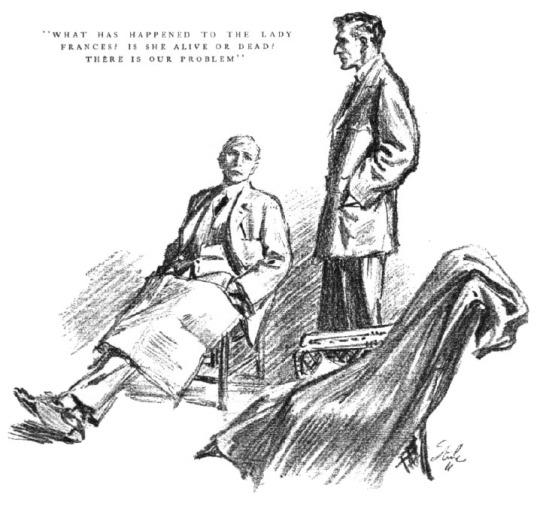






Vote for your favourite, the top 9 will proceed in the bracket. Since theyre all different shapes and sizes, make sure to click into the full views!
Paget Eliminations // Other Artist Eliminations
Full captions and details for each illustration below the cut:
"In the light of the lantern i read, with a thrill of horror, 'the sign of the four'." HM Kerr, Sign of Four (1890 Spencer Blackett Novel)
Characters: Watson, Holmes, Batholomew Sholto
[Holmes and Watson hiding on the train platform] Harry C. Edwards, Final Problem (McClure’s)
Characters: Holmes
"You infernal spies!" the man cried." FD Steele, Priory School (Collier’s)
Characters: Holmes
"The lady lay back exhausted upon a couch enveloped in a loose dressing-gown of blue and silver." FD Steele, Abbey Grange (Collier’s)
Characters: Hopkins, Holmes, Lady Brackenstall, Theresa, Watson
"Halloa, Watson! What is this?" Arthur Twidle, Bruce-Partington Plans (The Strand)
Characters: Watson, Holmes
"What has happened to the Lady Frances? Is she alive or dead? There is our problem" FD Steele, Lady Frances Carfax (The American Magazine)
Characters: Watson, Holmes
"Mrs. Douglas turned, and in an instant her arms were round him. Barker has seized his outstretched hand." Frank Wiles, Valley of Fear (The Strand)
Characters: Cecil Barker, Douglas/McMurdo, Mrs Douglas, Holmes, Watson
"This quiet house is the center of half the mischief in England; the sporting squire the most astute secret-service man in Europe!" FD Steele, His Last Bow (Collier’s)
Characters: Baron von Herling, Von Bork
"Dog and man were rolling on the ground together, the one roaring in rage, the other screaming in a strange shrill falsetto of terror." HK Elcock, Creeping Man (The Strand)
Characters: Prof Presbury, Trevor Bennett, Holmes, Watson
"In the great drawing-room a lady awaited us, demure and remote as a snow image on a mountain." JR Flanagan, Illustrious Client (Collier’s)
Characters: Violet deMerville
"I gripped the old man by the shoulder, but he shrank away." HK Elcock, Blanched Soldier (The Strand)
Characters: Col Emsworth, James Dodd
"There was something in the woman's voice which arrested Holmes' attention." Frank Wiles, Veiled Lodger (The Strand)
Characters: Watson, Holmes, Eugenia Ronder
24 notes
·
View notes
Text
The Adventure of the Final Problem: Sidney Paget Illustrations
In the last two letters from our friend Watson we are informed of the dead of the world's first consulting detective after a duel against (former) professor Moriarty. When this story was published in 1893 in The Strand Magazine in the United Kingdom, and McClure's in the United States. Sidney Paget was the artist behind these images in Strand and Harry C. Edwards in McClure's.
Sidney Edward Paget (4 october 1860 - 28 january 1908) was a British illustrator famous for his illustrations of the Sherlock Holmes stories in The Strand.
He had two brothers who were also illustrators (and who also illustrated some Conan Doyle's works) : Walter Paget and Henry M. Paget. As a consequence, in 1891, when the Strand editor, George Newnes, asked art director W. H. Boot to find an illustrator for the Sherlock Holmes stories, the latter sent an offer to Walter Paget but the letter arrived to Sidney Paget.
Between 1891 and 1904, he did 594 illustrations for Arthur Conan Doyle's works.
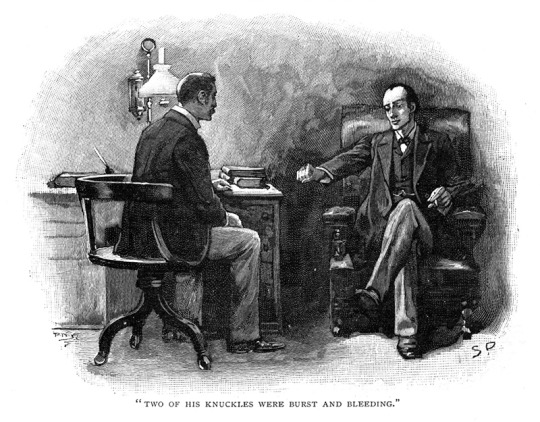
The most famous portrait of Professor Moriarty
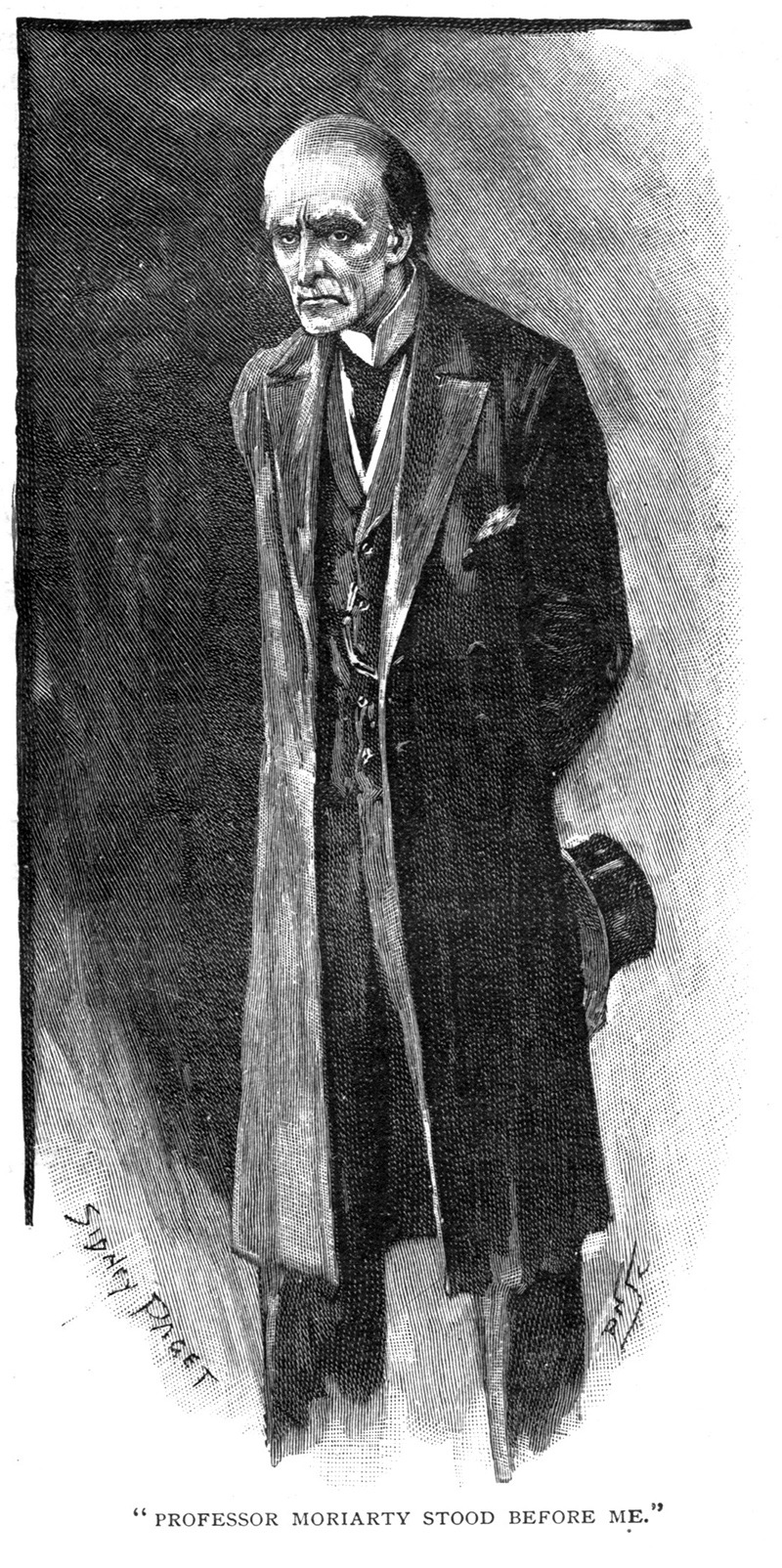
I really love all the details here
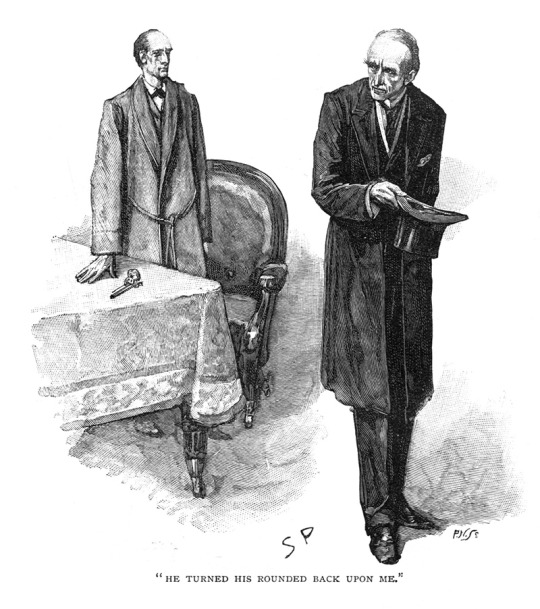
The Italian priest that barely speaks English
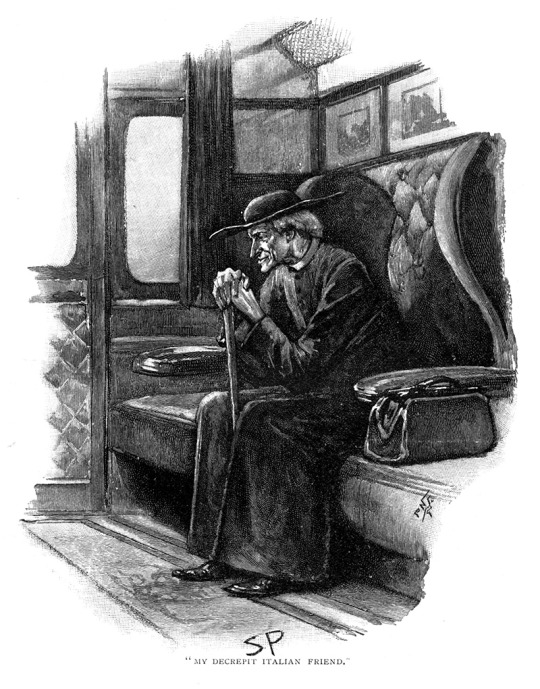
The falls looks beautiful <3

The final moment. I think that Moriarty was so desesperate to choose a physical fight against someone who does baritsu. If Watson was there this would have ended with a bullet, I guess.

The silver cigarette case, the letter, THE PAIN
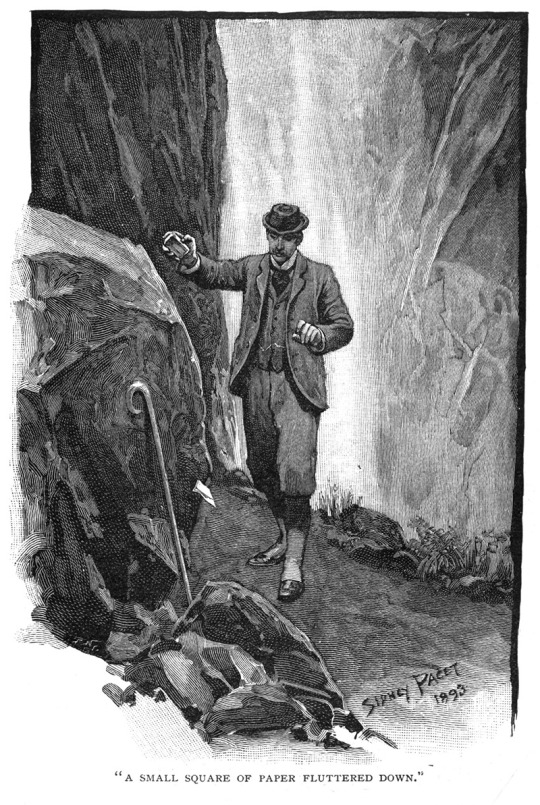
#sherlock holmes#letters from watson#the final problem#FINA#acd holmes#acd canon#sidney paget#the strand magazine#art#john h watson#professor james moriarty#literature#books#illustration#letters in the underground
59 notes
·
View notes
Text
Billionaire grifters hate her
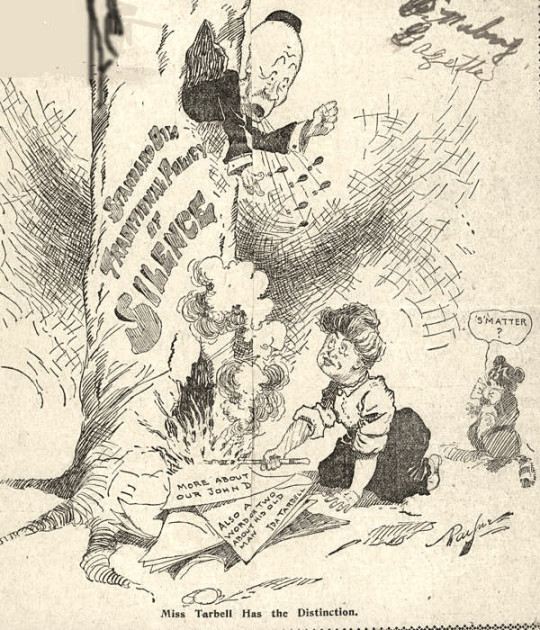
A billionaire’s crime spree has come to an end: a federal judge held that Fleetcor was running a fraudulent, predatory business, and found that the company’s billionaire owner, Ron Clarke, was personally responsible for the company’s offenses. He woulda gotten away with it, but for the reporting of a former nurse turned self-trained muckraker:
https://www.bloomberg.com/news/articles/2022-08-11/payments-billionaire-found-to-have-knowingly-deceived-customers
The Fleetcor scam wasn’t sophisticated. The court found that Clarke’s sales reps would call up small businesses and offer them a “discount” gas credit card with “no transaction charges or hidden fees.” These cards had lots of transaction charges and hidden fees. That’s it. That’s the scam.
Fleetcor preyed on small businesses, counting on the fact that these business-owners wouldn’t have time to scrutinize their bills in detail and would get suckered into paying its fees. A senior employee says Clarke called these customers “stupid dumbasses” from “shithole southern states”:
https://twitter.com/ddayen/status/1020300688377577474
According to senior staff, he assured them that “They are never going to know about the fees and the tiered rebates. They are not watching their bills.”
We owe the downfall of Clarke’s Fleetcor racket to one woman: Lisa Epstein, a former oncology nurse who was scammed by a big bank in the post-2008 financial crisis and devoted her life to reporting on finance crime for The Capitol Forum, a news site she founded:
https://thecapitolforum.com/
It was her careful, dogged reporting that unraveled Fleetcor’s scam and established Clarke’s personal culpability in it. She’s a hero — and she’s part of a glorious American tradition of muckraking women journalists who devoted their lives to bringing down the billionaires who preyed on them and their families.
Reading about Epstein, I was immediately reminded of Ida B. Tarbell, who brought down John D. Rockefeller and triggered the breakup of his juggernaut, the Standard Oil Company. Rockefeller was the most powerful businessman in the world and Standard Oil was the most powerful company in the world, and Tarbell took them on — and won.
It’s an amazing story. Tarbell was the daughter of a small-time Pennsylvania oilman who had been crushed by Rockefeller’s cartel. She was brilliant — the only woman in her biology program at Allegheny College. Despite her love of science, she devoted herself to activism, campaigning for votes for women and against the business elites who had sewn up American life:
https://twitter.com/doctorow/status/1404569929437749248
Tarbell was a brilliant orator, a careful researcher, and a quietly scathing writer. In 1902, she began publishing a series of articles in McClure’s Magazine that unwound the baroque scams that Rockefeller used to crush competitors and workers. These were wildly popular, and when they were collected in 1904 in the two-volume History of the Standard Oil Company, it galvanized public support for a Standard Oil breakup.
Rockefeller hated Tarbell, called her “Tarbarrel” and dismissed her as an irrelevant fabulist (Clarke dismissed Epstein’s reporting as “fake news” and says he’ll appeal the judgment). But Tarbell won: Standard Oil was smashed into 34 independent companies in 1911, and Rockefeller lost his grip over the lives of millions of Americans.
Tarbell’s History is in the public domain today, and you can get your own copy for free at the Internet Archive:
https://archive.org/details/historyofstandar00tarbuoft/mode/2up
https://archive.org/details/historyofstandar02tarbuoft/mode/2up
There’s also a fantastic free audiobook edition at Librivox:
https://librivox.org/the-history-of-standard-oil-volume-1-by-ida-tarbell/
https://librivox.org/the-history-of-standard-oil-volume-2-by-ida-m-tarbell/
Tarbell did not claim to be objective (something to keep in mind when you hear about the evils of a “polarizing” press) and she had no credentials (another important point to recall when someone tells you that our current news crisis will be solved by certifying “real” journalists). She was on a mission, and she accomplished that mission.
In particular, Tarbell attacked the idea that ripping off workers and crushing competitors was “just business,” saying that this would lead to “business men weeping on one another’s shoulders over human frailty, while they picked one another’s pockets.”
https://marker.medium.com/illegitimate-greatness-674353e7cdf9
I learned about Epstein from David Dayen’s excellent story on the Fleetcor defeat for The American Prospect. Dayen writes that “We have her to thank for exposing FleetCor’s practices, just as she exposed the banking industry’s. The nation has a lot of reasons to thank Lisa Epstein for her work.”
https://prospect.org/blogs-and-newsletters/tap/importance-of-citizen-activism-lisa-epstein-fleetcor/
Dayen also points out a fly in the ointment: though the court has found that Fleetcor was running a scam, they will not have to pay any fines — for now. In 2021, the Supreme Court found that the FTC can’t provide financial relief to the victims of the scams it runs to ground:
https://www.cnbc.com/2021/04/22/supreme-court-limits-the-ftcs-authority-to-extract-monetary-relief.html
In order for the FTC to get justice for the victims of Fleetcor and Clarke, they’ll have to conclude an administrative action that’s been in limbo since last year, awaiting the resolution of this lawsuit:
https://www.ftc.gov/news-events/news/press-releases/2021/08/ftc-sues-fleetcor-its-ceo-fleecing-small-businesses-mystery-fuel-card-fees
They’ll also have to separately pursue a permanent injunction against Fleetcor, which they’re likely to get, which is why the company’s stock is down 25% (40% of Fleetcor’s revenue comes from its scammy fuel-cards):
https://finance.yahoo.com/quote/FLT/history
If you want to learn more about Epstein, you can (and should!) subscribe to her Capitol Forum — but you can also read about her in Dayen’s 2016 book Chain of Title, which chronicles her journey from oncology nurse to tireless muckraker, when she refused to tolerate the foreclosure scam that cost her her home:
https://thenewpress.com/books/chain-of-title
You can learn how, in 2010, “she was instrumental in helping shut down the entire foreclosure system temporarily.”
We need a thousand Tarbells, a thousand Epsteins. We should be grateful for the ones we have and nurture and support them. They’re fighting for us all.
[Image ID: Ida M Tarbell uses her writing to kindle a fire on a tree labelled 'Standard Oil Traditional Policy of Silence.' A panicked John D Rockefeller peers out of a squirrel-hole, screaming in alarm.]

170 notes
·
View notes